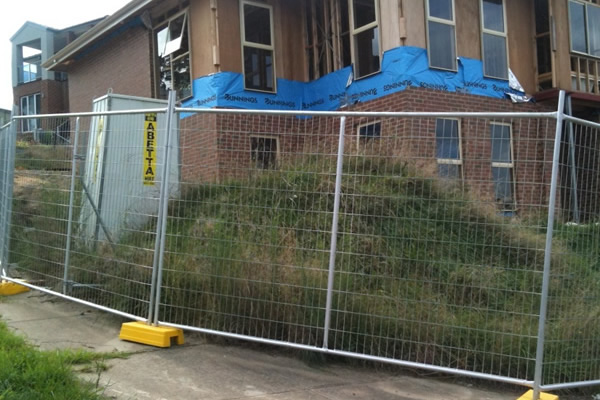 TEL:
+86-13102802206
TEL:
+86-13102802206
 Email:
fencenetting@china.com
Email:
fencenetting@china.com
 Language
Language
 TEL:
+86-13102802206
TEL:
+86-13102802206
 Email:
fencenetting@china.com
Email:
fencenetting@china.com
 Language
Language


Exploring Low Gabion Walls An Effective Solution for Various Applications
Gabion walls have gained significant popularity in civil engineering and landscaping due to their versatility, cost-effectiveness, and aesthetic appeal. Among the various types of gabion structures, low gabion walls stand out for their functionality in various applications, from erosion control to decorative landscaping features. This article aims to explore the design, benefits, and applications of low gabion walls.
What are Low Gabion Walls?
Low gabion walls are essentially wire mesh cages filled with stones, rocks, or other materials. Typically, they are less than two meters in height and can be formed into different shapes and sizes to accommodate specific needs. The wire mesh is often made of galvanized steel or other corrosion-resistant materials, ensuring durability even in harsh environmental conditions.
Benefits of Low Gabion Walls
1. Erosion Control One of the primary purposes of low gabion walls is to mitigate soil erosion. By creating a barrier that absorbs and dissipates the energy of flowing water, these structures help protect slopes, riverbanks, and coasts from erosion. They are particularly effective in areas prone to heavy rainfall or flooding.
2. Eco-friendly Low gabion walls are an environmentally friendly solution for landscaping and erosion control. The materials used for filling the gabions can be sourced locally, reducing the carbon footprint associated with transport. Additionally, the use of natural stone blends these walls seamlessly into the landscape, promoting biodiversity.
3. Cost-Effective Compared to traditional masonry or concrete walls, low gabion walls are often more affordable. The materials required are typically less expensive, and the construction process can be more straightforward, requiring less labor. This cost-effectiveness makes gabion walls an attractive option for both private and public projects.
4. Aesthetic Appeal Low gabion walls can enhance the visual appeal of a landscape. They can be filled with various materials, allowing for different colors, textures, and patterns. This versatility enables designers to create attractive features that complement their surroundings, whether in a garden, park, or commercial space.

5. Stability and Flexibility The structure of a gabion wall provides stability while allowing some movement, making it less prone to cracking compared to rigid walls. This flexibility is beneficial in areas where ground movement may occur. Moreover, if a gabion wall is damaged, repairs can be as simple as replacing the damaged sections, rather than having to rebuild the entire structure.
Applications of Low Gabion Walls
1. Terracing In sloped landscapes, low gabion walls can be implemented as terracing solutions. By reducing the steepness of slopes, they help prevent erosion, create more usable land, and enhance the overall aesthetics.
2. Retaining Walls They serve as effective retaining walls in landscaping and construction projects, providing necessary support for soil while maintaining an attractive appearance.
3. Riverbank Stabilization Low gabion walls can be employed to stabilize riverbanks and reduce flood risks, helping to manage waterways and protect adjacent properties.
4. Noise Barriers In urban environments, low gabion walls can act as sound barriers, absorbing and reflecting noise from roads and other sources, thereby enhancing the tranquility of nearby residential areas.
5. Garden Borders and Features They can also be creatively used as decorative borders for gardens or as standalone features like seating areas, plant holders, or simply as art installations, enhancing the functional and visual appeal of outdoor spaces.
Conclusion
Low gabion walls present a plethora of benefits and applications, from practical erosion control to enhancing the beauty of landscapes. Their unique characteristics make them suitable for various projects, offering a sustainable and cost-effective alternative to traditional methods. As urbanization continues and the need for environmentally friendly solutions becomes more pressing, low gabion walls will likely play an increasingly significant role in landscape architecture and civil engineering. By combining functionality with aesthetics, low gabion walls exemplify a modern approach to sustainable design, making them an ideal choice for numerous applications.